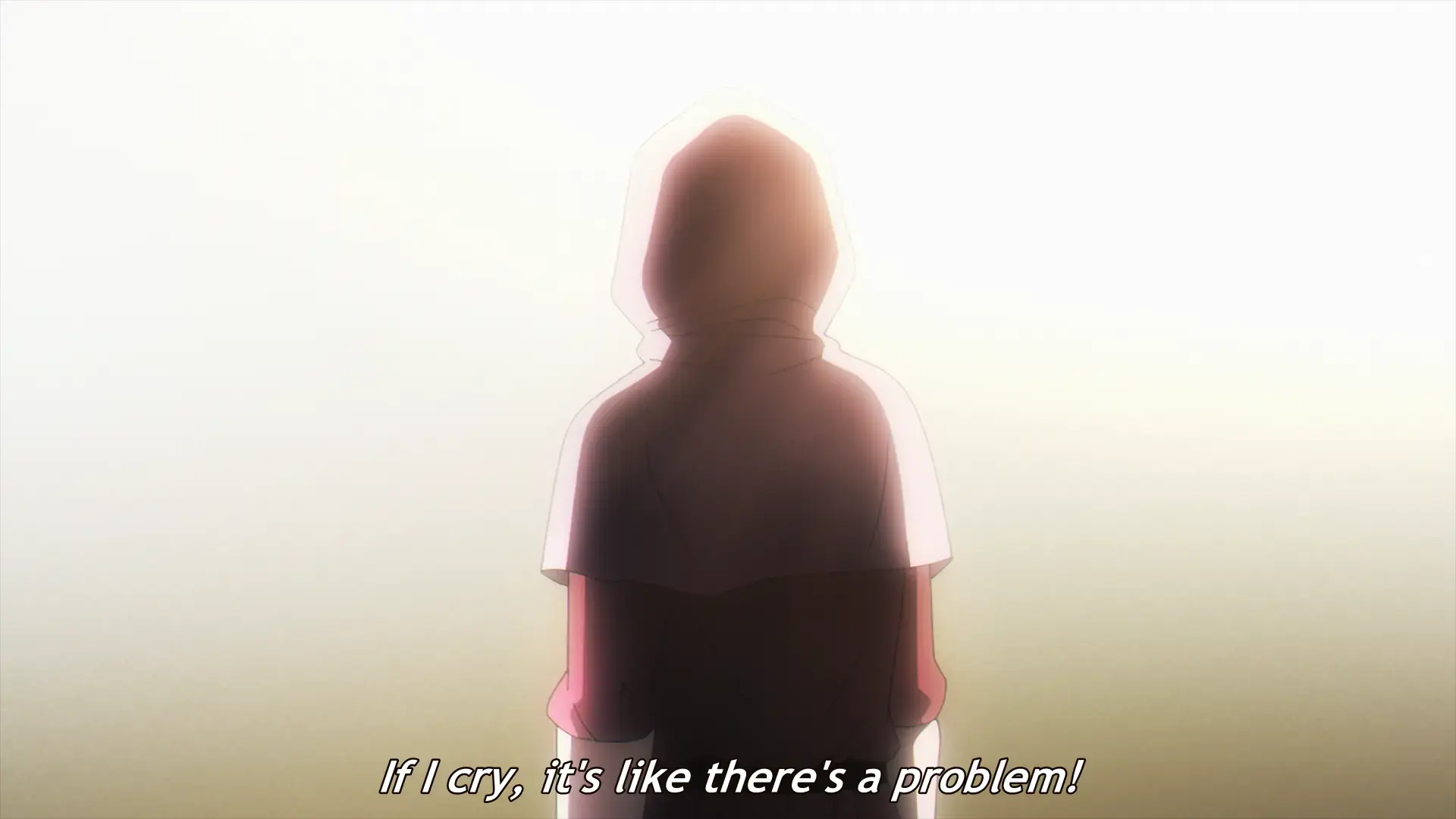I don't think any of us should be too surprised that this new girl, Jolenta, is the daughter of Nowak since he has previously talked about how much he loves his daughter. I know they hid his face during their discussion, but one of the key differences between anime and manga is the voice talent; and there is no mistaking his voice. Watching her put herself in mortal danger for even a morsel of information is pretty harrowing. I await the inevitable confrontation between Nowak and Jolenta when he is asked to torture her due to her heresy.
Seeing Jolenta's plight this episode made me want to write about some of the women of science I am aware of through my studies, work, or just came across randomly on wikipedia over the years. I tried to pick a handful that are probably lesser known (sorry Marie Curie). Unfortunately, it is impossible to know how much science of the past may have been done with significant contributions made by uncredited women. As you will see on this list, many of the early women scientists were actually placed in an assistant role to some other prominent male scientist.

This is the earliest female scientist that my brain could think of, dating back to the 4th century CE in Roman Egypt. The reason I have come across her name before is because she is a mathematician that contributed to the Ptolemaic model of the universe (extremely relevant to this show). Sadly, her life ended prematurely at the hands of an angry mob due to some politically motivated violence.
Keen-eyed followers of my posts for this show might recognize the surname Brahe as belonging to famous astronomer Tycho Brahe. I have written about him in previous discussion threads. Well, Sophia was the younger sister of Tycho and aided in his astronomical studies. Much like Rafal in the show, Tycho tried to prevent his sister from studying astronomy, instead training her in other disciplines like chemistry. So, she ended up teaching herself astronomy through studying the published literature of the time. Truly a story of dogged pursuit of knowledge driven by the insatiable curiosity of the human spirit. Very fitting for this show.
This woman was married to French chemist Antoine Lavoisier, but arguably is the reason that her husband's work was so impactful. In the late 18th century, the field of chemistry was a bit adrift. It had largely sprung out of the practices of alchemy and was often rooted in philosophical principles as much as anything else. The Lavoisiers were some of the most influential researchers of the time to help chemistry transition to a quantitative field of study. Marie-Anne served multiple roles in the work. She translated much of the existing literature into French to aid her husband to understand it, helping him to design the experiments and apparatus. Then, when documenting results, in addition to detailed note-taking, she used her artistic training to very precisely document equipment and procedures through drawings in a way that helped other researchers replicate and improve their work.
This is a scientist that probably nobody reading this has ever heard of before since her contributions were in the very obscure field of surface science. I just happen to have done some professional work in this area and have used modern versions of the equipment that she invented way back in the late 19th century. She is an example of another completely self-taught scientist. In her case, she was stuck at home, taking care of domestic tasks and her parents. Her brother was studying physics at the time and would share his textbooks and other published literature with her.
While doing dishes, Agnes became fascinated with soap bubbles/films and it drove her to devise ways of measuring their properties. The result of which saw her come up with an experimental technique of measuring the surface tension of a liquid-air interface. She would continue on in her scientific career describing numerous surface phenomena. The instrument she devised would later be improved by an American chemist named Irving Langmuir, who would go on to win the Nobel Prize in Chemistry for his contributions to surface science. Notably, Pockels was still living when Irving won the award which, can be argued, should have probably been shared between the two of them.
This mathematician is probably one of the most influential figures in physics that people outside the field don't know about. Working in the early 20th century, she was the daughter of another mathematician and ended up becoming a professor at the University of Göttingen. Noether's theorem which has been so incredibly influential is kind of hard to describe in a way that is easy to understand. In short, when you are mathematically describing a physical system, any symmetry in the equations corresponds to a conserved quantity in the physical system. Using this theorem lets you show things like the conservation of energy or momentum. You might just have to trust me (or do your best to make sense of that wiki page), but her work has proven to be phenomenally powerful.
So, hang in there Jolenta and you might get your brilliance recognized. Just don't let your dad know. @rikka@ani.social

